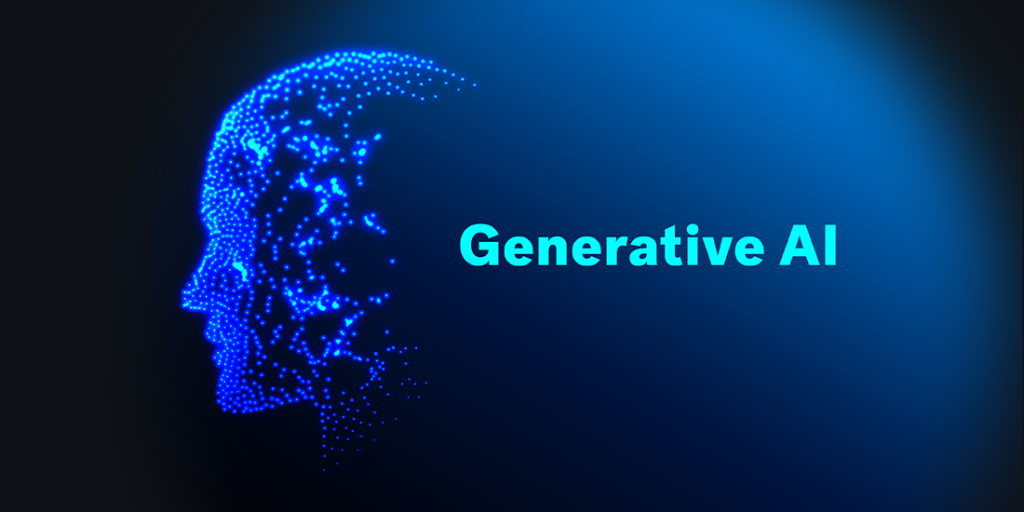
Training generative AI models presents a variety of challenges and limitations. Key among these are:
Data Quality and Quantity
- Data Availability: Generative models often require vast amounts of data to learn effectively. Accessing large, diverse datasets can be challenging, particularly in specialized domains.
- Data Quality: High-quality, well-labeled data is crucial. Poor-quality data can lead to biased or inaccurate models. Ensuring data cleanliness, dealing with missing values, and addressing inconsistencies are significant hurdles.
- Data Privacy and Security: Many datasets contain sensitive information. Ensuring data privacy and security while maintaining data utility for training is a complex issue, especially with regulations like GDPR.
Computational Resources
- High Computational Requirements: Training state-of-the-art generative models, such as GPT or GANs, demands substantial computational power. This includes powerful GPUs or TPUs, large memory, and extensive storage capabilities.
- Energy Consumption: The computational resources required translate into high energy consumption, raising concerns about the environmental impact and the sustainability of large-scale AI models.
Model Complexity
- Architecture Design: Choosing the right model architecture is crucial and non-trivial. It involves selecting appropriate neural network structures, layers, and parameters, which requires deep expertise and experimentation.
- Hyperparameter Tuning: Optimizing hyperparameters (learning rate, batch size, etc.) is essential for model performance but is often a time-consuming and resource-intensive process.
Training Stability and Performance
- Training Instability: Generative models, especially GANs, can suffer from instability during training. Issues such as mode collapse, vanishing gradients, and non-convergence are common.
- Scalability: As models and datasets grow, ensuring scalability of the training process becomes challenging. Efficient parallelization and distributed training are necessary but complex to implement.
Interpretability and Evaluation
- Model Interpretability: Understanding and interpreting the inner workings of generative models is difficult, making it hard to diagnose and fix issues.
- Evaluation Metrics: Evaluating generative models is less straightforward compared to discriminative models. Metrics like Inception Score (IS) and Frechet Inception Distance (FID) are used, but they have limitations and do not always correlate with human judgment.
Ethical and Social Implications
- Bias and Fairness: Generative models can inadvertently learn and propagate biases present in training data, leading to unfair or unethical outcomes.
- Misuse Potential: Generative models can be used to create misleading or harmful content (e.g., deepfakes), raising ethical concerns and necessitating robust safeguards.
Development and Maintenance Costs
- Resource Investment: Developing state-of-the-art generative models requires significant financial investment in terms of hardware, software, and human expertise.
- Continuous Updates: Maintaining and updating models to improve performance, address biases, and incorporate new data is an ongoing challenge.
Addressing these challenges requires a multidisciplinary approach, combining advances in machine learning, data engineering, computational infrastructure, and ethical frameworks.